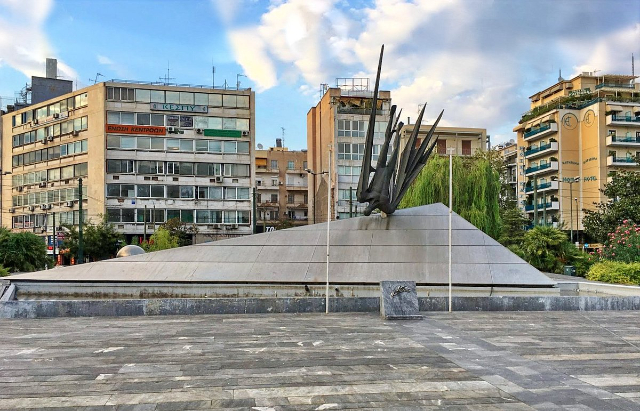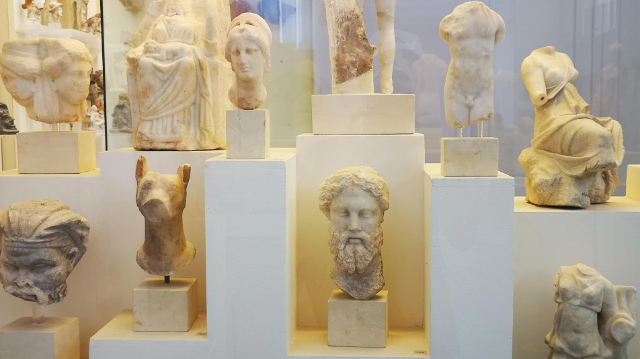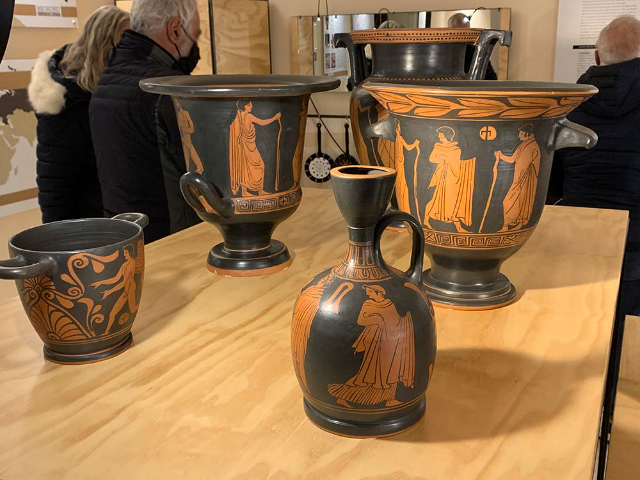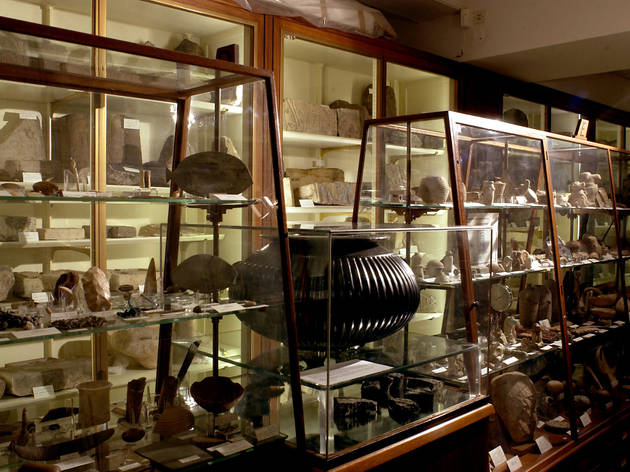The Fallen Aviators Monument in Athens is a poignant tribute that melds mythology with modernity. Situated in a serene setting, the monument pays homage to Greece’s aviators who have sacrificed their lives in the line of duty. The centerpiece of the monument is a striking sculpture of Icarus, the mythological figure who dared to fly too close to the sun.
The story of Icarus serves as a powerful allegory for the ambitions and risks associated with aviation. In the myth, Icarus and his father, Daedalus, attempt to escape from the island of Crete using wings fashioned from feathers and wax.
Despite his father’s warning, Icarus flies too close to the sun, melting the wax and causing him to fall into the sea.
The sculpture encapsulates the duality of flight—its potential for freedom and exploration, along with the inherent risks involved. With wings outstretched, the figure of Icarus embodies both the aspirations and the vulnerabilities of those who take to the skies.
Inscribed on the monument are the names of the fallen aviators, serving as a somber reminder of the very real sacrifices made in the pursuit of the age-old human dream to fly.
The monument stands not only as a memorial but also as an inspiration for future generations to weigh the balance between ambition and caution.
Visitors to the Fallen Aviators Monument are often moved by its emotional depth and its eloquent linkage of ancient mythology to contemporary sacrifice.
It serves as an essential stop for anyone interested in understanding the complexities of Greece’s modern and ancient heritage, especially in the realm of flight and exploration.













